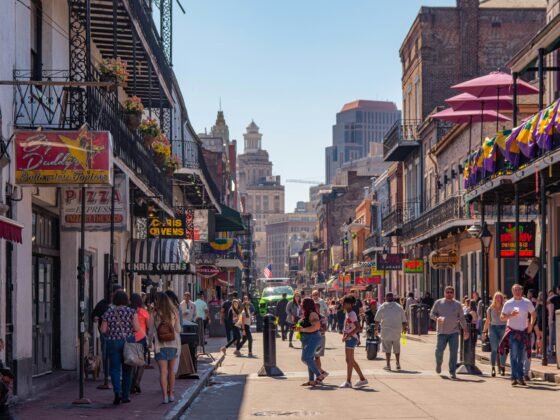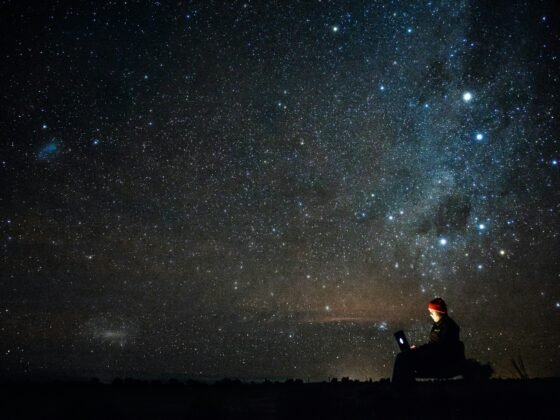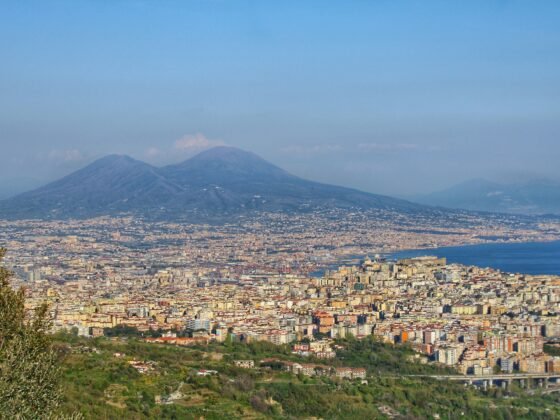Today marks the 140th anniversary of the birth of legendary explorer Sir Ernest Shackleton, who is most famous for leading three British expeditions into the Antarctic in the early twentieth century.
Who is Ernest Shackleton?
Born on 15 February 1874 in County Kildare in Ireland, Ernest Shackleton was obsessed with adventure and exploration from an early age. At 16 he joined the merchant navy to see the world, and after passing the navy’s exams he became a master mariner aged 24 in 1898.
Discovery: 1901 – 1903
Ernest Shackleton’s most famous voyage was onboard the ship ‘Discovery, which set sail in on 31 July 1901. The famous Antarctic expedition was led by Royal Navy Officer Robert Falcon Scott (1868-1912). Shackleton and Scott, along with fellow polar explorer Edward Wilson trekked toward the South Pole in an attempt to get as far south as possible, in what were atrocious conditions. All 22 dogs died en-route, the trio all suffered frostbite, followed by scurvy. Although Shackleton later described the foray in his journal “a combination of success and failure”, the trio actually got closer to the South Pole than anybody else in history.
Shackleton returned home in early 1903 working as a journalist and secretary of Scotland’s Royal Geographical Society. He also attempted to enter parliament but failed to get elected, prompting a return to the sea.
Nimrod: 1908 – 1909
Shackleton took to the seas once again on New Year’s Day 1908 onboard Nimrod, as part of his own expedition. Destined for Antarctica once more, Shackleton made many ground-breaking scientific discoveries whilst there. His team also tackled the second highest volcano in Antarctica: Mount Erebus peaks at 12,448 feet (3,794 meters) and was ascended for the very first time just a few months earlier by Edgeworth David (1858-1934) who also lead the first team to successfully reach the South Magnetic Pole on 16 January 1909.
On his return to Britain, the explorer was knighted and became known as Sir Ernest Shackleton.
In 1911, the Norwegian explorer Roald Amundsen became the first person to reach the Geographic South Pole. He was about five weeks ahead of Robert Falcon Scott who died making the return journey. Scott was accompanied by Captain Lawrence Oates who uttered the famous lines “I am just going outside and may be some time.”
Endurance: 1914
Shackleton went back to the Antarctic in 1914 onboard the Endurance. He planned to cross Antarctica but in early 1915 his ship became stuck within ice, eventually sinking ten months later. Shackleton and the crew lived on the ice before setting off for Elephant Island. Shackleton and five crew members went to seek help and after crossing 1,300km of ocean in 16 days, arrived at South Georgia. A hefty trek then led the team to a remote whaling station and eventual rescue for the entire crew in August 1916.
Sir Ernest Shackleton made a fourth expedition where he hoped to circumnavigate Antarctica but on 5 January 1922 he suffered a heart attack and died. He is buried on the island of South Georgia at Grytviken.
The map above shows the routes of both Endurance and Aurora and the planned trans-Antarctic route of the British Imperial Trans-Antarctic Expedition led by Ernest Shackleton in 1914–15.
Image credit: 1; unidentified photographer CC ASA 3.0
Image credits: 2; Lexaxis7 CC ASA 3.0
Map credit; Finetooth CC ASA 3.0











